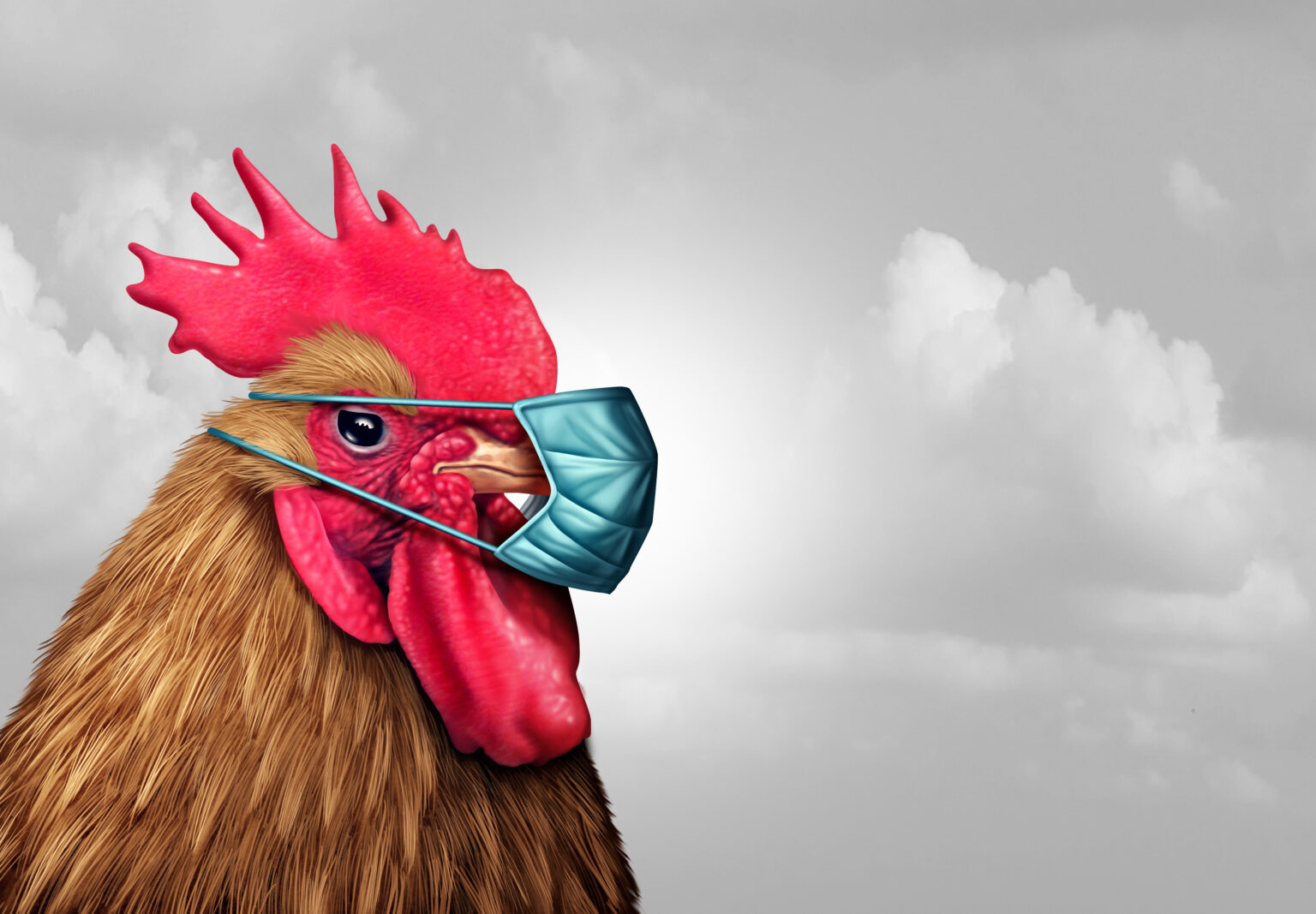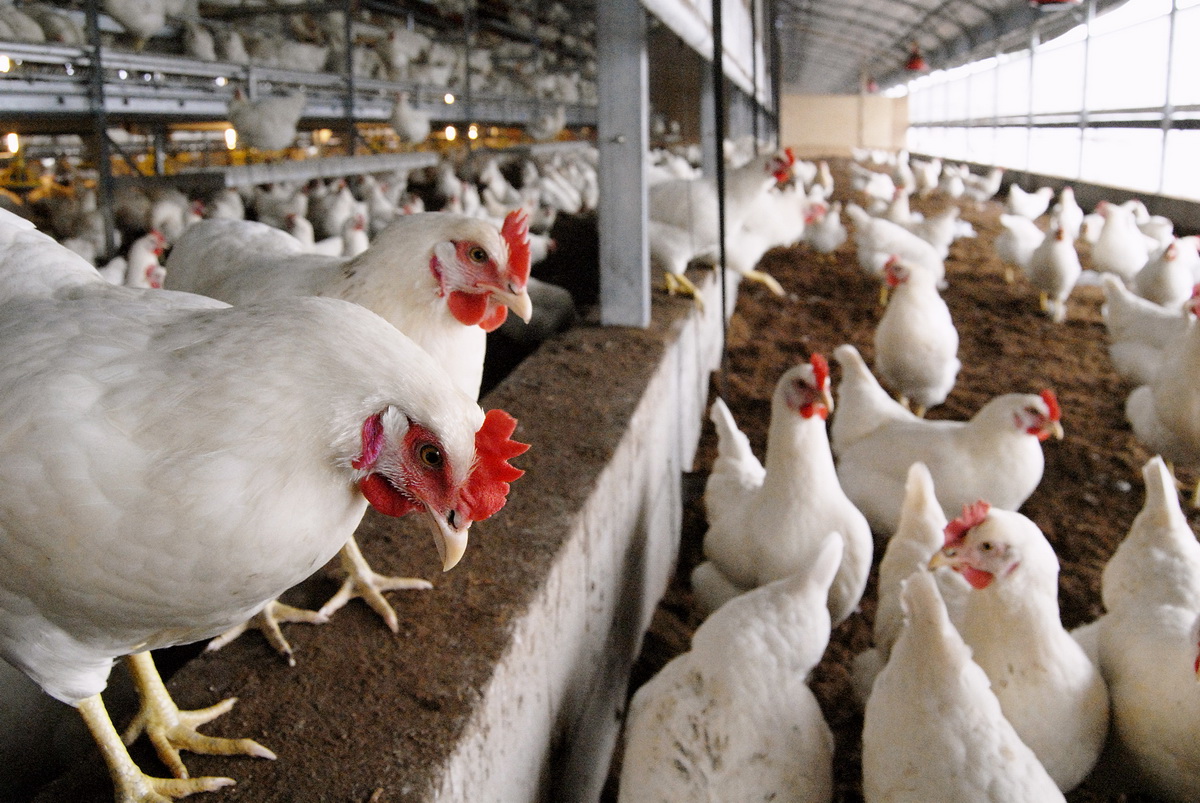The recent outbreak of avian influenza has raised concerns among bird enthusiasts and poultry farmers alike. This highly contagious virus has spread rapidly, affecting both wild and domestic bird populations. As the outbreak continues, one question that has been on the minds of many is whether or not to take down bird feeders.
In this article, we will explore the nature and characteristics of the avian influenza outbreak, its impact on wild and domestic birds, and the potential risks and benefits associated with taking down bird feeders. We will also provide guidance on other preventive measures that can be taken to mitigate the spread of the virus.
Avian Influenza Outbreak 2022-2023
The avian influenza outbreak of 2022-2023 is the most severe global outbreak of highly pathogenic avian influenza (HPAI) in history. The outbreak began in October 2022 and has since spread to over 60 countries, affecting both domestic and wild birds.
The virus is highly contagious and has caused significant mortality in poultry populations worldwide.
The HPAI virus is a type of influenza virus that is highly pathogenic to birds. It can cause a range of symptoms in birds, including respiratory distress, coughing, sneezing, and diarrhea. In severe cases, the virus can cause death within 48 hours.
The virus is also zoonotic, meaning that it can be transmitted from birds to humans. However, human infections with HPAI are rare and typically occur in people who have close contact with infected birds or their bodily fluids.
Spread and Impact
The HPAI virus has spread rapidly across the globe, affecting both domestic and wild bird populations. The virus has been detected in poultry flocks in over 60 countries, and it has also been found in wild birds in many parts of the world.
The virus has caused significant mortality in poultry populations, with millions of birds being culled in an effort to control the outbreak. The outbreak has also had a significant economic impact, as it has disrupted trade and led to the loss of income for poultry farmers.
Risks and Concerns
The HPAI outbreak poses a number of risks and concerns. The virus is highly contagious and can spread rapidly through poultry populations. The virus can also be transmitted from birds to humans, although human infections are rare. The outbreak has also raised concerns about the potential for the virus to mutate and become more dangerous to humans.
Other Preventive Measures

In addition to taking down bird feeders, there are several other preventive measures that can be taken to mitigate the spread of the avian influenza outbreak.
One important measure is to practice good biosecurity on poultry farms. This includes implementing strict hygiene protocols, such as regular cleaning and disinfection of poultry houses and equipment, and controlling access to the premises to prevent the introduction of the virus.
Vaccination
Vaccination of poultry flocks can also be an effective preventive measure. Vaccines are available to protect against some strains of avian influenza, and vaccination can help to reduce the severity of the disease and prevent its spread within a flock.
Surveillance and Monitoring
Surveillance and monitoring are essential for detecting and responding to outbreaks of avian influenza. Regular monitoring of poultry flocks for signs of disease can help to identify outbreaks early on, allowing for prompt implementation of control measures to prevent the spread of the virus.
Public Cooperation
Public cooperation is crucial in preventing the spread of avian influenza. Individuals can take steps to reduce their risk of exposure to the virus, such as avoiding contact with sick or dead birds, and reporting any suspected cases of avian influenza to the appropriate authorities.
Responsible Behavior
Responsible behavior is also important in preventing the spread of avian influenza. This includes properly disposing of poultry carcasses and waste, and avoiding the movement of poultry or poultry products from infected areas to uninfected areas.
Conclusion

The decision of whether or not to take down bird feeders is a complex one that requires careful consideration of the risks and benefits involved. While taking down bird feeders may help to reduce the spread of the virus, it can also have negative consequences for wild birds.
Ultimately, the best course of action will depend on the specific circumstances and the advice of local authorities.
Questions and Answers
What are the symptoms of avian influenza in birds?
Symptoms of avian influenza in birds can vary depending on the strain of the virus. However, common symptoms include respiratory distress, coughing, sneezing, nasal discharge, diarrhea, and decreased appetite.
How is avian influenza spread?
Avian influenza is spread through contact with infected birds or their bodily fluids. This can occur through direct contact, contact with contaminated surfaces, or inhalation of airborne virus particles.
Can avian influenza be transmitted to humans?
Yes, avian influenza can be transmitted to humans, but it is rare. Human infections with avian influenza viruses have been reported in several countries, but most cases have been mild. However, some strains of avian influenza virus can cause severe illness in humans.
What are the preventive measures that can be taken to mitigate the spread of avian influenza?
There are a number of preventive measures that can be taken to mitigate the spread of avian influenza, including:




